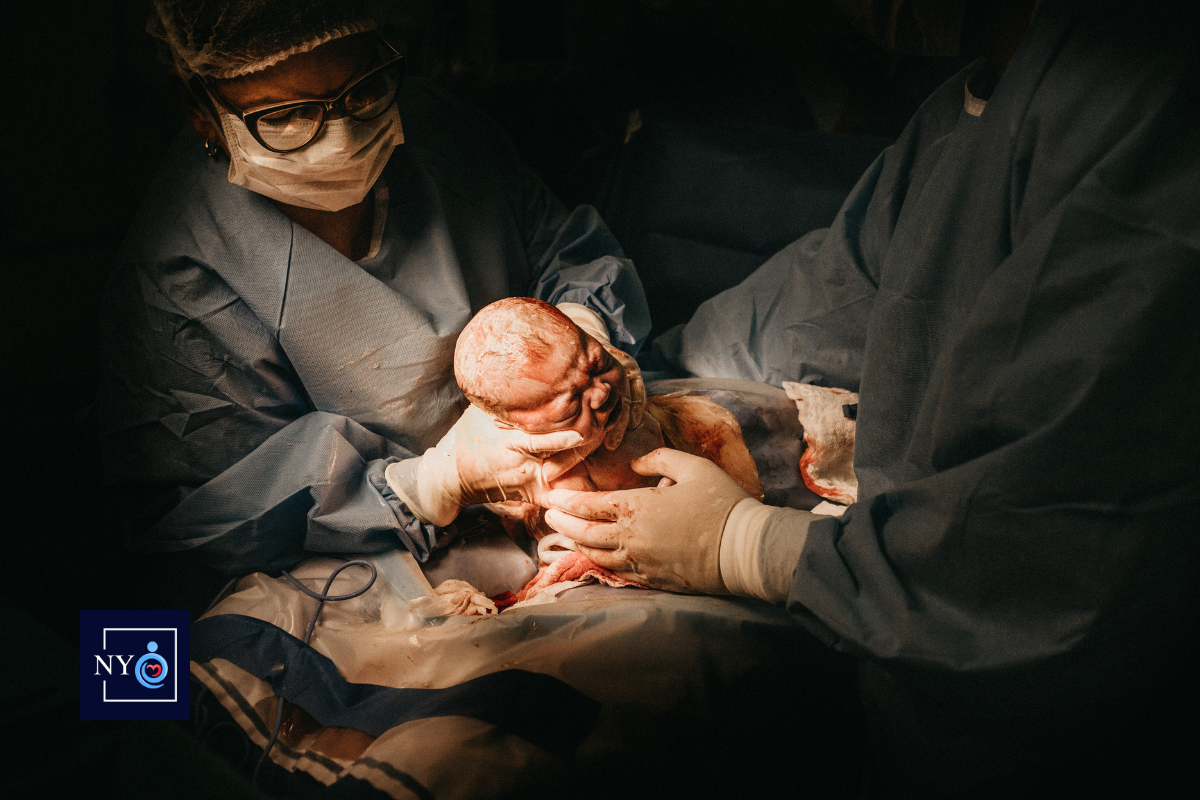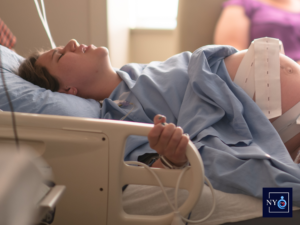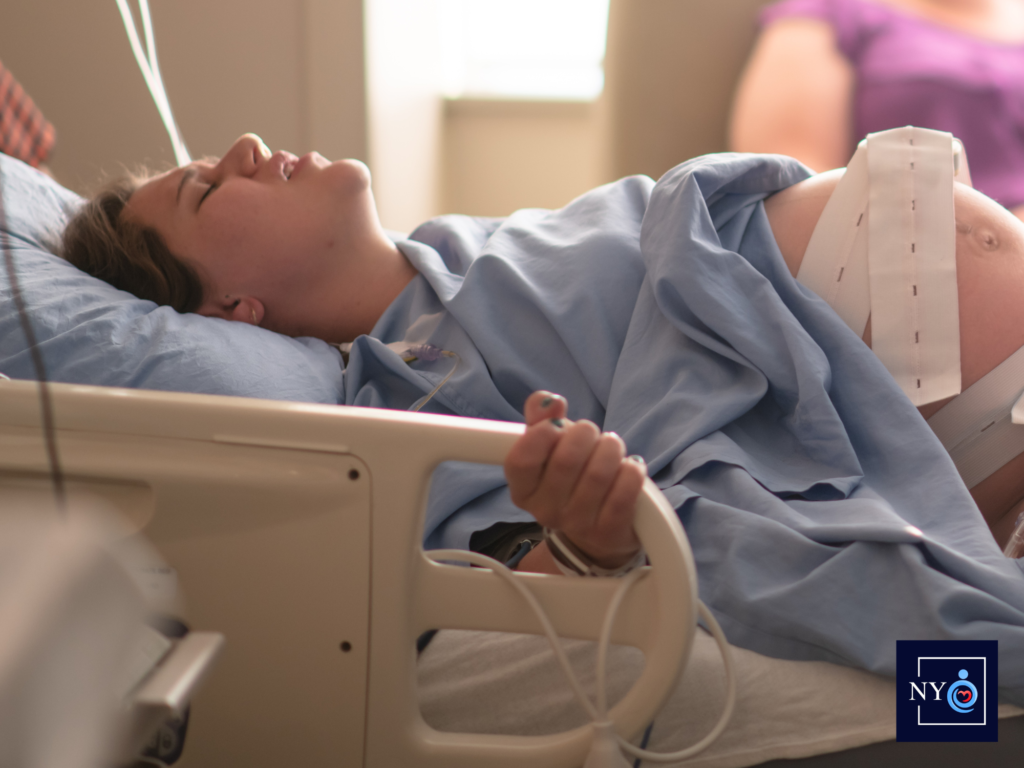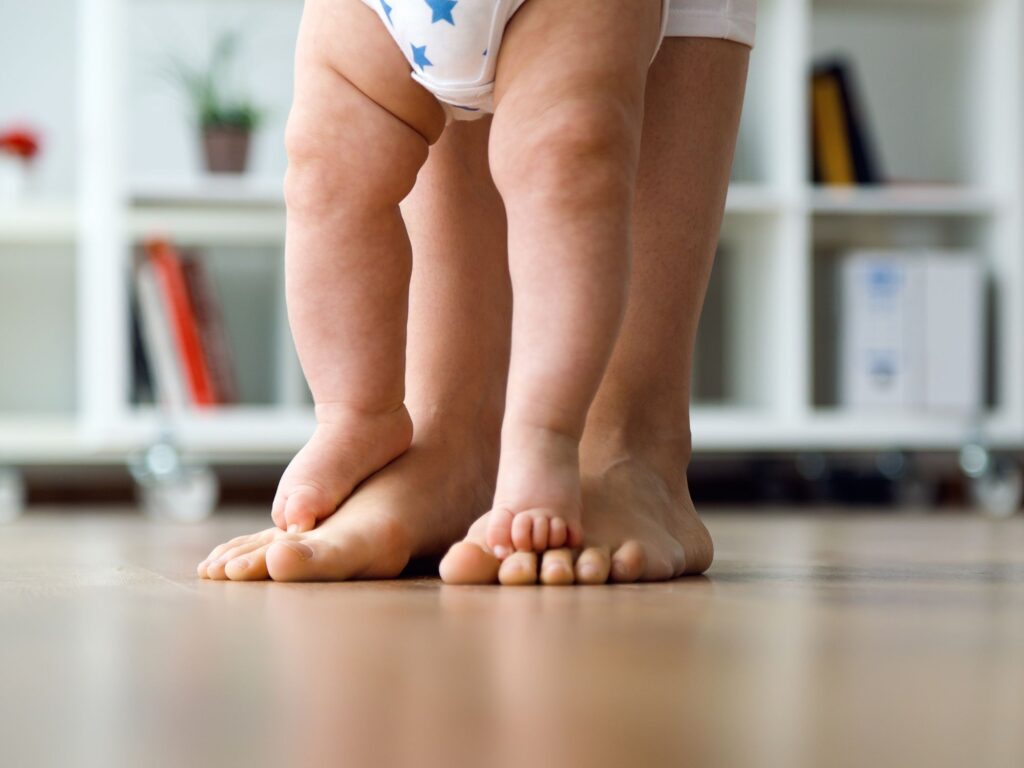A birth injury, also known as a birth-related injury, refers to any type of physical harm or trauma that occurs to a newborn during the labor and delivery process. These injuries can be caused by a variety of factors, such as the size or position of the baby, the use of medical interventions like forceps or vacuum extraction, or complications during delivery.
Some common types of birth injuries include bruising, lacerations, nerve damage, fractures, and brain injuries such as cerebral palsy or hypoxic-ischemic encephalopathy (HIE). While not all birth injuries are preventable, some can be avoided with proper prenatal care, monitoring during labor, and appropriate medical interventions. It’s important for parents and healthcare providers to recognize the signs of a potential birth injury, as early diagnosis and treatment can make a significant difference in the long-term health and wellbeing of the baby.
What is the difference between a birth injury and a birth defect?
A birth injury and a birth defect are two distinct types of conditions that can affect newborn babies, and they have different causes and characteristics.
A birth injury is a physical injury that is often caused by factors such as a strenuous delivery, the use of medical interventions, or fetal distress. Common examples of birth injuries include brachial plexus injuries, which can occur when the nerves in the shoulder are damaged during delivery, or skull fractures, which can happen when a baby’s head is compressed during a difficult delivery.
In contrast, a birth defect is a physical or structural abnormality that is present at birth, and is often caused by genetic or environmental factors. Birth defects can affect different parts of the body, such as the heart, lungs, brain, or limbs, and can range in severity from minor to life-threatening.
While both birth injuries and birth defects can have long-term effects on a child’s health and development, they have different causes and require different approaches to treatment and management. Birth defects are typically diagnosed during pregnancy or shortly after birth through diagnostic tests such as ultrasounds or genetic testing, while birth injuries may be diagnosed during or after delivery based on the baby’s symptoms and medical history.
Some of the most common types of injuries that can occur during childbirth are:
Brachial Plexus Injuries: These injuries occur when the nerves in the shoulder are damaged during delivery, causing weakness or paralysis in the arm. They can be caused by a difficult delivery, such as a breech delivery, or the use of forceps or vacuum extraction.
Cephalohematoma: This is a type of birth injury that causes bleeding under the baby’s scalp, resulting in a raised lump on the head. It can occur due to a prolonged or difficult delivery.
Caput Succedaneum: This is a type of swelling that occurs on the baby’s scalp during delivery, caused by pressure from the birth canal. It is usually harmless and resolves on its own within a few days.
Fractures: Bones in the baby’s body, such as the collarbone or arm, can be fractured during delivery, particularly if the baby is large or the delivery is difficult.
Brain Injuries: Brain injuries can occur due to lack of oxygen during delivery, causing conditions such as cerebral palsy, or due to trauma to the head during delivery.
Facial Nerve Injuries: These injuries occur when the facial nerve is damaged during delivery, resulting in weakness or paralysis of the face.
It is important for healthcare providers to carefully monitor the mother and baby during labor and delivery to identify any potential complications and minimize the risk of injury. In cases where a birth injury does occur, prompt diagnosis and treatment can help minimize the long-term effects on the baby’s health and development.
Advanced modern medicine has played a significant role in reducing the risk of birth injuries by providing better tools, techniques, and technologies for monitoring and managing labor and delivery. Some ways in which modern medicine has helped to reduce the risk of birth injuries include:
Prenatal Care: Regular prenatal care and screenings during pregnancy can help identify and manage potential risk factors for birth injuries, such as gestational diabetes, hypertension, or preterm labor.
Electronic Fetal Monitoring: The use of electronic fetal monitoring during labor can help healthcare providers detect fetal distress and intervene promptly to prevent potential injuries.
Improved Obstetrical Techniques: Modern obstetrical techniques such as vacuum-assisted delivery or cesarean section can help reduce the risk of birth injuries in cases of difficult or prolonged labor.
Neonatal Intensive Care Units: The availability of neonatal intensive care units (NICUs) in modern hospitals allows for prompt and specialized care for newborns who may have suffered birth injuries or complications.
Training and Education: Healthcare providers are trained to recognize and manage potential risk factors for birth injuries, as well as to use specialized techniques and technologies to minimize the risk of injury during labor and delivery.
Research and Development: Ongoing research and development in the field of obstetrics and neonatology have led to new and innovative approaches for preventing and treating birth injuries, such as stem cell therapy or gene therapy.
While the risk of birth injuries can never be completely eliminated, the advances in modern medicine have significantly reduced the incidence and severity of these injuries, and have improved the overall health and outcomes for mothers and newborns during the labor and delivery process.
In the event of a birth injury, it should always be fully investigated and explained by your doctor, midwife, hospital, or birthing center. If they are reluctant to investigate the circumstances of your child’s injury or unwilling to give you any explanations, you may need the help of a birth injury lawyer to get the answers you deserve.




